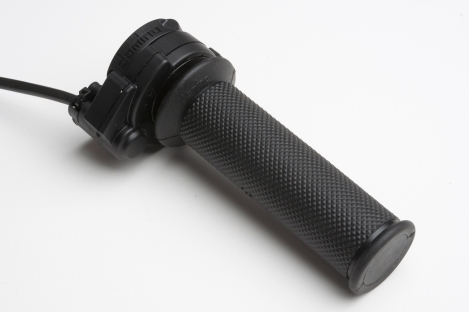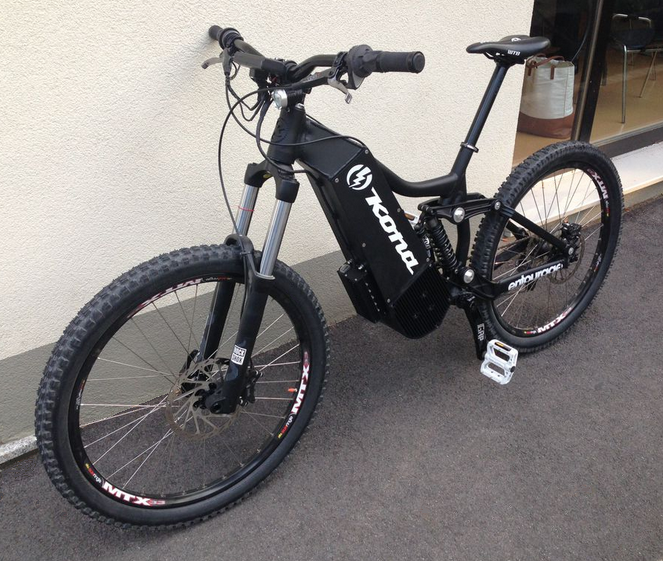I always suggest to avoid riding in the rain, even when basic precautions have already been taken. However, it's not unreasonable for someone to ride to work when there is no rain in the forecast, but then to get caught in an unexpected downpour on the way home.
___________________________________________________
Hall throttles
I recently stumbled across ES member gwhy suggesting that hall throttles be partially dis-assembled, and the bare solder connections be sealed with some type of epoxy or paint (perhaps clear nail polish), and the alternate suggestion posted was to use a non-conductive dielectric silicone grease to pack the internal parts (or do both?). Perhaps seal with nail-polish/epoxy, and then pack with silicone hardening sealant/rubber?
Small packets of silicone grease the size of your finger can be found in most automotive electrical sections at a car parts store. Silicone grease retains its viscosity from -40F to over 300F http://www.w8ji.com/dielectric_grease_vs_conductive_grease.htm
http://endless-sphere.com/forums/viewtopic.php?f=2&t=60534#p904590
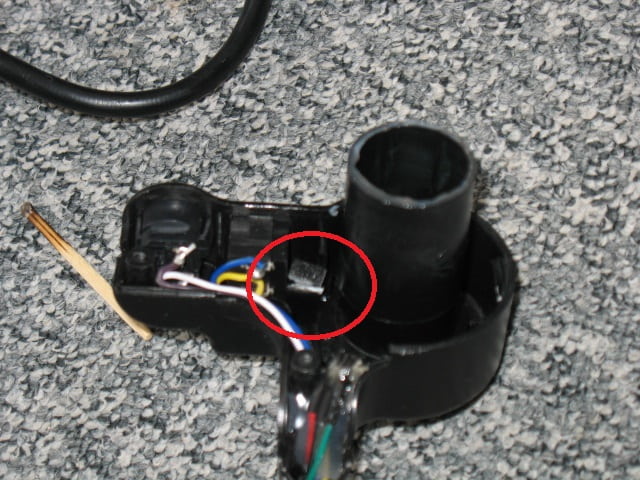
From Fechter:
Hub motors
Water gets into hub motors and causes rust, even if it is just from humidity. E-bikes in rainy and humid weather are encouraged to dis-assemble their hub-motors and coat the insides with some type of rust-proofing. An interesting side note is that in the thread about ventilating a hubmotors side-plates to let out the built up heat (to allow more amps), it was noted that when the stator gets hot, any moisture evaporates and easily leaves through the vent holes, so...it's apparently just as important to create an available exit for moisture as well as trying to keep it out?
http://endless-sphere.com/forums/viewtopic.php?f=6&t=36375&start=25#p537517
http://endless-sphere.com/forums/viewtopic.php?f=6&t=36375&start=150#p550168
http://endless-sphere.com/forums/viewtopic.php?f=6&t=36375&start=75#p545662
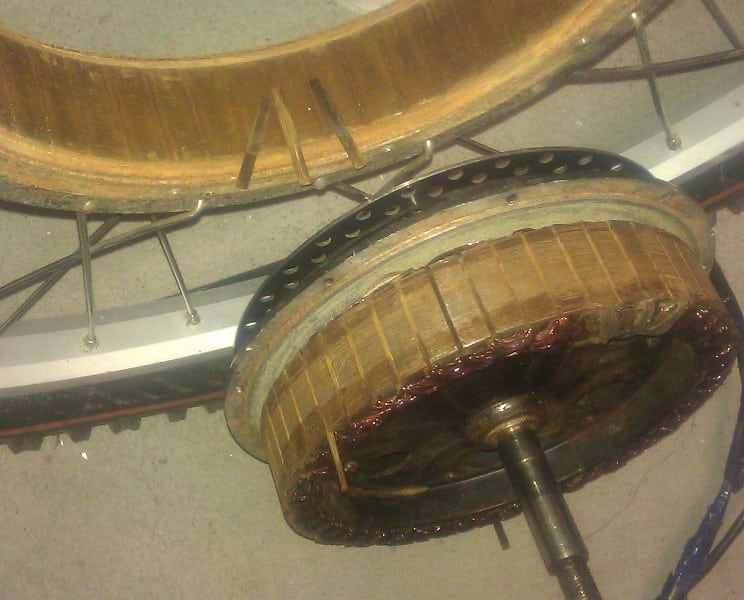
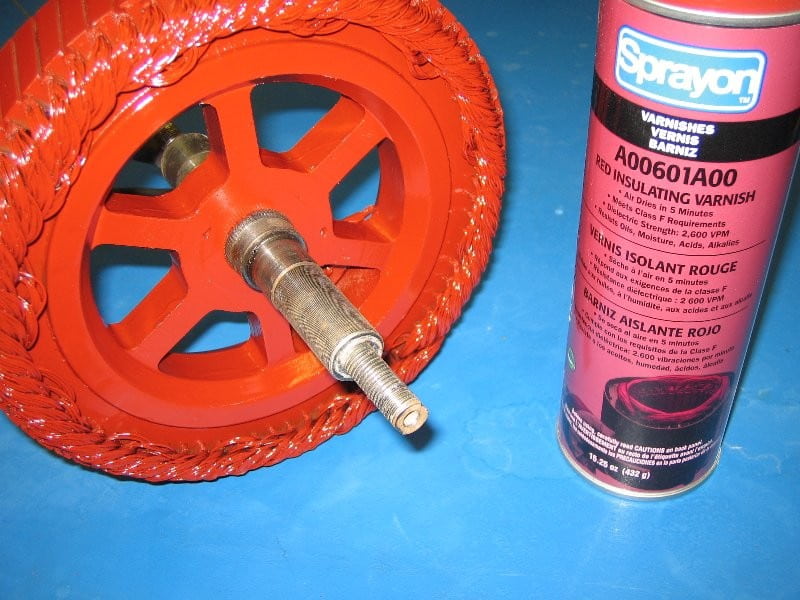
____________________________________________________
Battery
It is vital to keep the battery pack and its BMS dry, but I have no specific advice just yet. However...this is probably the most expensive water damage you will experience, so something really needs to be done.
___________________________________________________
Hall throttles
I recently stumbled across ES member gwhy suggesting that hall throttles be partially dis-assembled, and the bare solder connections be sealed with some type of epoxy or paint (perhaps clear nail polish), and the alternate suggestion posted was to use a non-conductive dielectric silicone grease to pack the internal parts (or do both?). Perhaps seal with nail-polish/epoxy, and then pack with silicone hardening sealant/rubber?
Small packets of silicone grease the size of your finger can be found in most automotive electrical sections at a car parts store. Silicone grease retains its viscosity from -40F to over 300F http://www.w8ji.com/dielectric_grease_vs_conductive_grease.htm
http://endless-sphere.com/forums/viewtopic.php?f=2&t=60534#p904590
From Fechter:
____________________________________________________Some throttles will sort of short out if they get too wet inside. Where the cable enters the throttle body, there is often a small plate held on with a screw that can be removed to gain access to the wire connections inside. The actual hall sensor is waterproof, but the 3 wires going into it are often exposed and can be bridged by a drop of water, causing the motor to run with the throttle at zero. If you can seal the area between the hall sensor and the 3 wires, the whole thing should be submergible. I used a little fingernail polish to soak the area. Runny epoxy would be good too.
Hub motors
Water gets into hub motors and causes rust, even if it is just from humidity. E-bikes in rainy and humid weather are encouraged to dis-assemble their hub-motors and coat the insides with some type of rust-proofing. An interesting side note is that in the thread about ventilating a hubmotors side-plates to let out the built up heat (to allow more amps), it was noted that when the stator gets hot, any moisture evaporates and easily leaves through the vent holes, so...it's apparently just as important to create an available exit for moisture as well as trying to keep it out?
http://endless-sphere.com/forums/viewtopic.php?f=6&t=36375&start=25#p537517
http://endless-sphere.com/forums/viewtopic.php?f=6&t=36375&start=150#p550168
http://endless-sphere.com/forums/viewtopic.php?f=6&t=36375&start=75#p545662
____________________________________________________
Battery
It is vital to keep the battery pack and its BMS dry, but I have no specific advice just yet. However...this is probably the most expensive water damage you will experience, so something really needs to be done.


